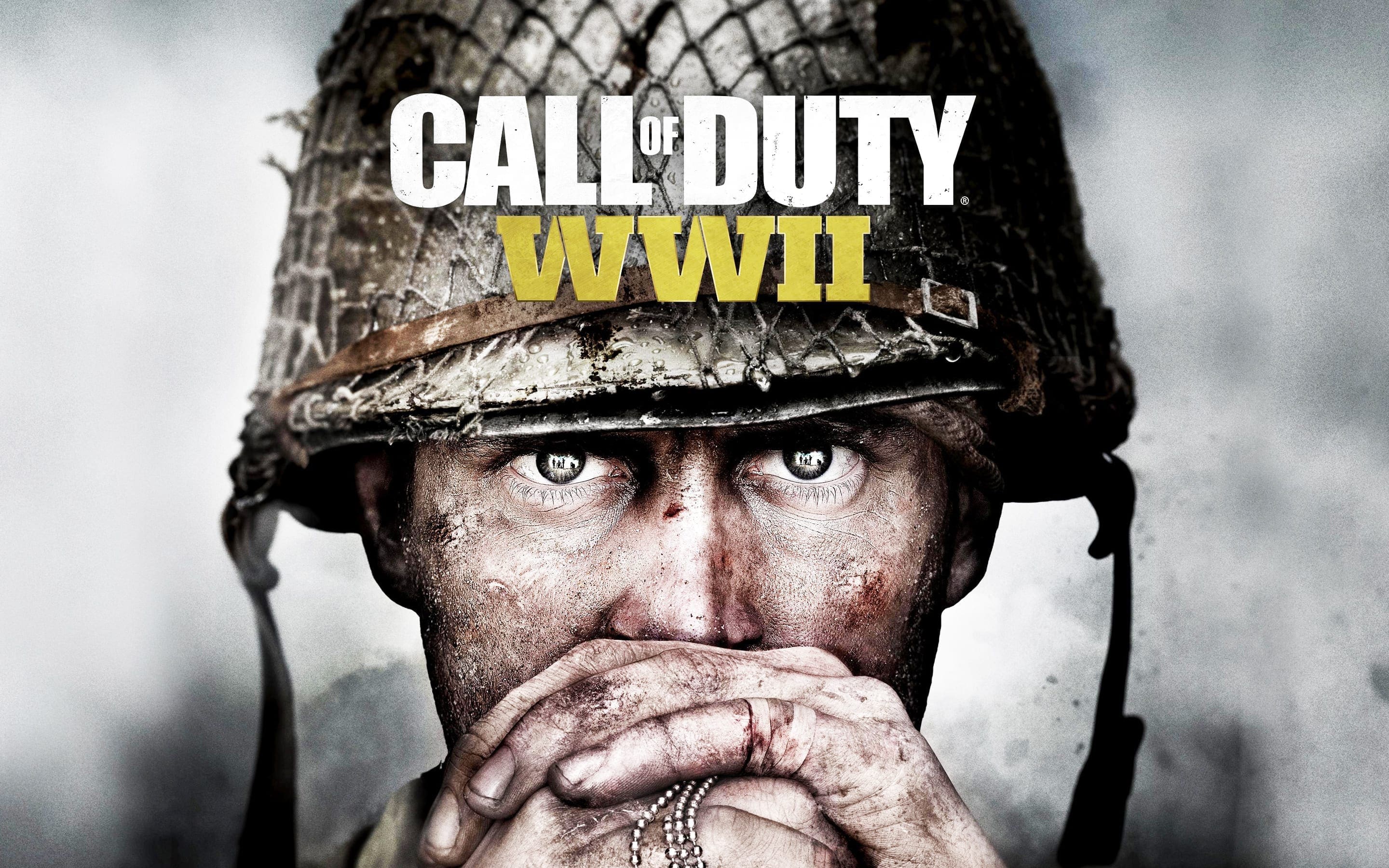
You can find pictures of Call of Duty WWII game on our site in high quality. We wait for my site to download for free.
Call of Duty: WWII – The Spark to Rekindle the Flame?
Call of Duty: WWII, or as I should call it, every other Call of Duty, just reskinned. Call of Duty has had a recent failure to catch gamers’ attention and sustain a high player base, compared to its previous games. And while it attempts to return to its roots and be boots-on-the-ground, the game does but it doesn’t feel right. Map designs feel unoriginal and stale, the divisions system was chosen over the well liked pick ten system, and DLC now only comes with three maps instead of its regular four maps. One of the maps is directly ripped from a previous Call of Duty, just reskinned, so you are really getting two new maps instead of four.
As a fan of the franchise since its early times I see the biggest problem as the weapon balancing. Submachine guns are too dominant on maps where flanking is easier and small corridors are littered throughout the map. A large number of players run rampant with their submachine guns. Not all the SMGs are created equal either; most players gravitate to the fast fire rate class of SMGs, using any of SMGs slower fire rate submachine guns put you at a disadvantage. With the exception of the grease gun, all other submachine guns fall victim to the clearly superior Waffle 29. The same goes for the assault rifles of the small choice of seven guns that they give you. More than likely you will see the same two guns in the killfeed over and over again and that is the STG44 which is similar to the Waffle 29, in that they both have the highest fire rates in their class. The STG44 even rivals some of the submachine gun fire rates, but because it is an assault rifle, it has more damage per bullet. Add to that the fact that the damage fall off isn’t as severe, and you can see why most people gravitate towards it. Even after repeated nerfs to its recoil pattern and the damage fall off. Activision has yet to hit the sweet spot of balancing; thus it remains a fan favorite. The other gun commonly seen is the Bar, which is another fast fire rate with considerably easy to control recoil with just its iron sights that lacks the same fire rate as the STG44, but with a 10 bullet smaller magazine size that it makes up for with it’s higher damage.
The pick ten system was first introduced back in Call of Duty Black Ops Two and at the time it changed the game; the previous system in place was basic and made you pick one of each of the three perk slots, two attachments for your primary weapon, one secondary weapon, one lethal, and non lethal equipment. The pick ten system gave more variety to the franchise completely changing how the create a class system worked giving the player the choice to not use perks, a primary weapon, secondary weapon, lethal or non lethal equipment. In exchange for choosing to not use one of your equipment slots, you would get one point that could be spent to get a additional perk, attachment, non-lethal or lethal equipment. This gave the user much more power allowing you to get 6 perks if you wanted, 5 attachments on your primary weapon, or double up on your lethal and non lethal equipment. The pick ten system changed and created a class system forever which became well liked for the variation it brought to the table. Call of Duty: WWII took a different route and introduced the new divisions system. The division system introduced five divisions: the infantry, airborne, armored, mountain, and expeditionary division. While at first glance it seemed like a good addition to the franchise, when players first got their hands on the official game the flaws of the divisions system began to show. Each division catered to a specific playstyle but didn’t do much other than that. The expeditionary division catered to shotguns and gave them the advantage of having incendiary rounds. The mountain division catered to snipers and offered more aim assist to snipers, and the mountain system gave light machine guns bipods to use when prone or on a ledge. The airborne division allowed you to put suppressors on submachine guns while limiting their already short range, and finally the infantry division gave the user a bayonet on the end of their rifle that you could charge people with at the cost of your sprinting stamina. While a cool system at first, it forced you to adapt to a certain style of play depending on the division you choose to use and the player base publicly expressed their opinions on how they preferred the pick ten system over the division system.
All in all, while Call of Duty: WWII had a very successful launch, it struggles greatly with its unoriginal map designs, weapon balancing, and division system. It needs to fix these problems quickly and swiftly if it wants to relive its glory days.
